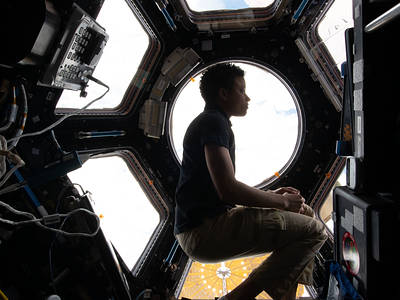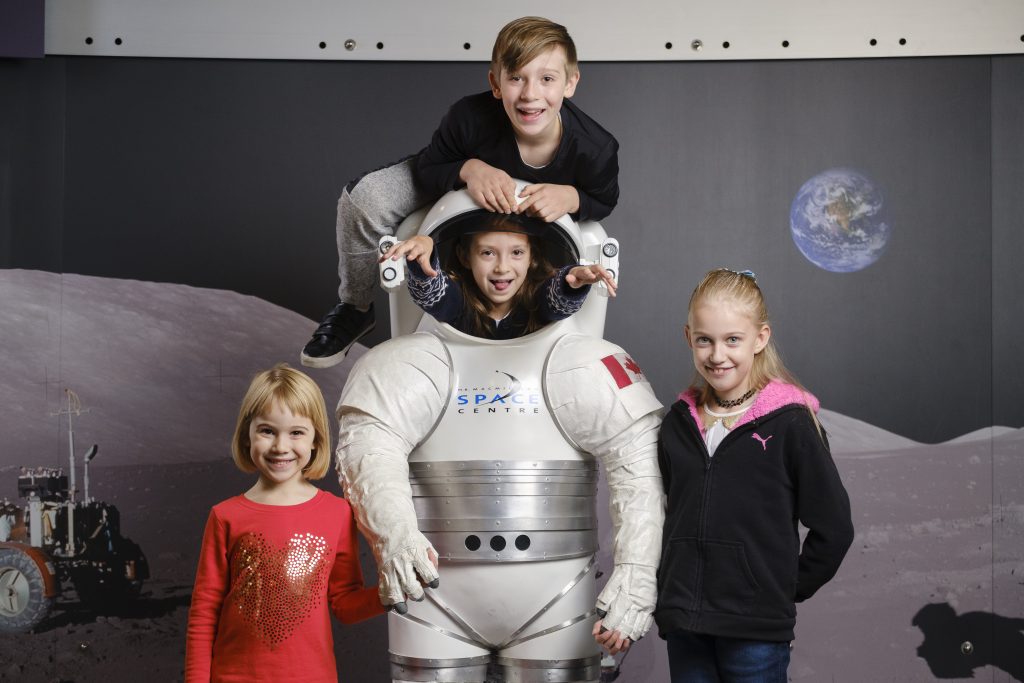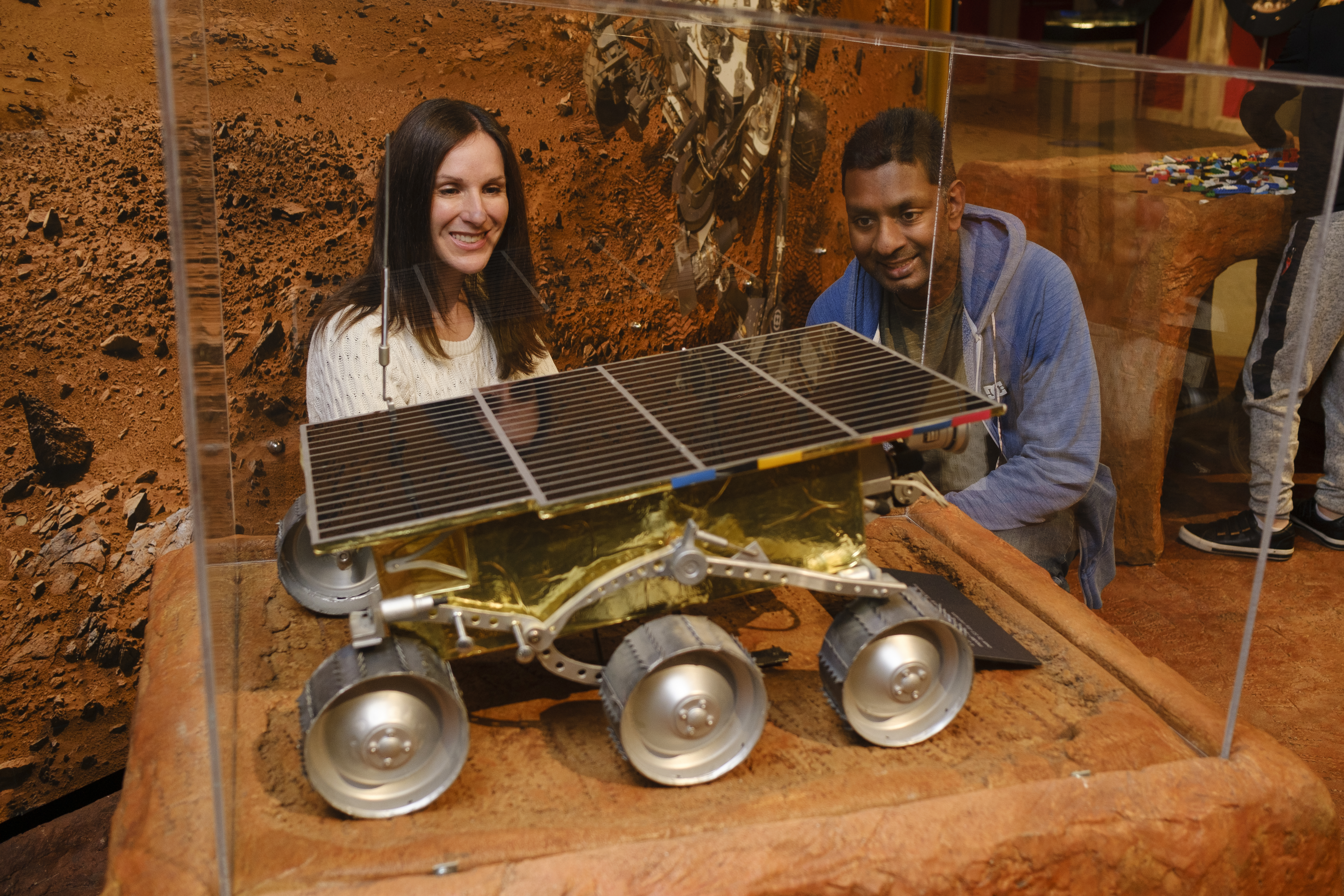Space Exploration
Learn how space exploration can have direct impacts on human life on Earth.
The opportunity for discovery and adventure is in your backyard.
Fuel your curiosity and journey through space with us.



Keep an eye out for exciting upcoming events for both kids and adults.


Give an unforgettable gift that’s truly out of this world. Dedicating a star to someone is a unique way to mark birthdays, weddings, anniversaries, and other special occasions.



Contribute and share your experience of the Universe. Give a gift admission or gift membership. Inspire a sense of wonder in others!



It’s with your help that we will continue to fulfill our mission and maintain our iconic status in the Vancouver community.



Contribute and share your experience of the Universe. Give a gift admission or gift membership. Inspire a sense of wonder in others!



It’s with your help that we will continue to fulfill our mission and maintain our iconic status in the Vancouver community.
Treat your students to workshops, demonstrations, and planetarium shows that align with the BC government's science curriculum.
Regular visits include access to our gallery, a live science demonstration, and a show in the planetarium. Evening visits include time in the observatory.
We have a variety of incredible venues that you can rent for your next event, including weddings, performances, corporate presentations, and more!
We can bring the universe to you through our offsite programming. Both in-person and virtual programming is available for your community group.
1/1/2024
"Please visit any of their planetarium shows. Amazingly engaging live narration & q and a, leaving adults and kids alike more knowledgeable, humble, and with a smile on your face."
3/22/2024
"A nice visit…great overview of Canada’s space contributions."
6/4/2023
Did you know that you can dedicate a star to someone? Take advantage of this unique and unforgettable gift to mark your next special occasion.
Keep up to date on the latest space news and events happening at H.R. MacMillan Space Centre.
Learn how space exploration can have direct impacts on human life on Earth.
The H.R. MacMillan Space Centre Society is excited to announce that Lorraine Lowe will be taking over as
"We had a great time at the Space Centre. We were lucky to be there on a clear night and we were able to see several objects in the sky. Our group was big so we had to take turns and it took some time but we saw 4 objects including the moon and a dying red star that was stunning!"